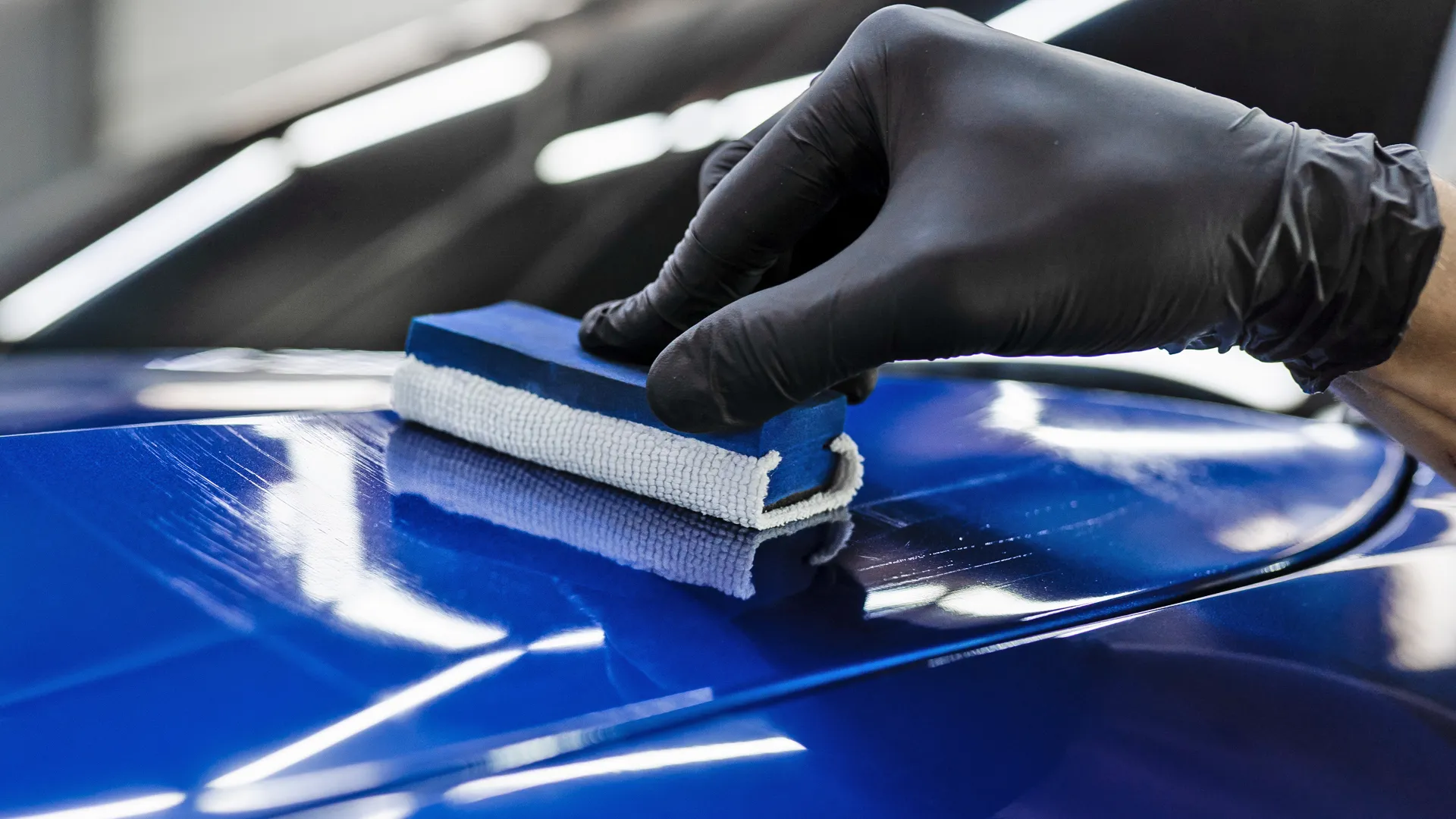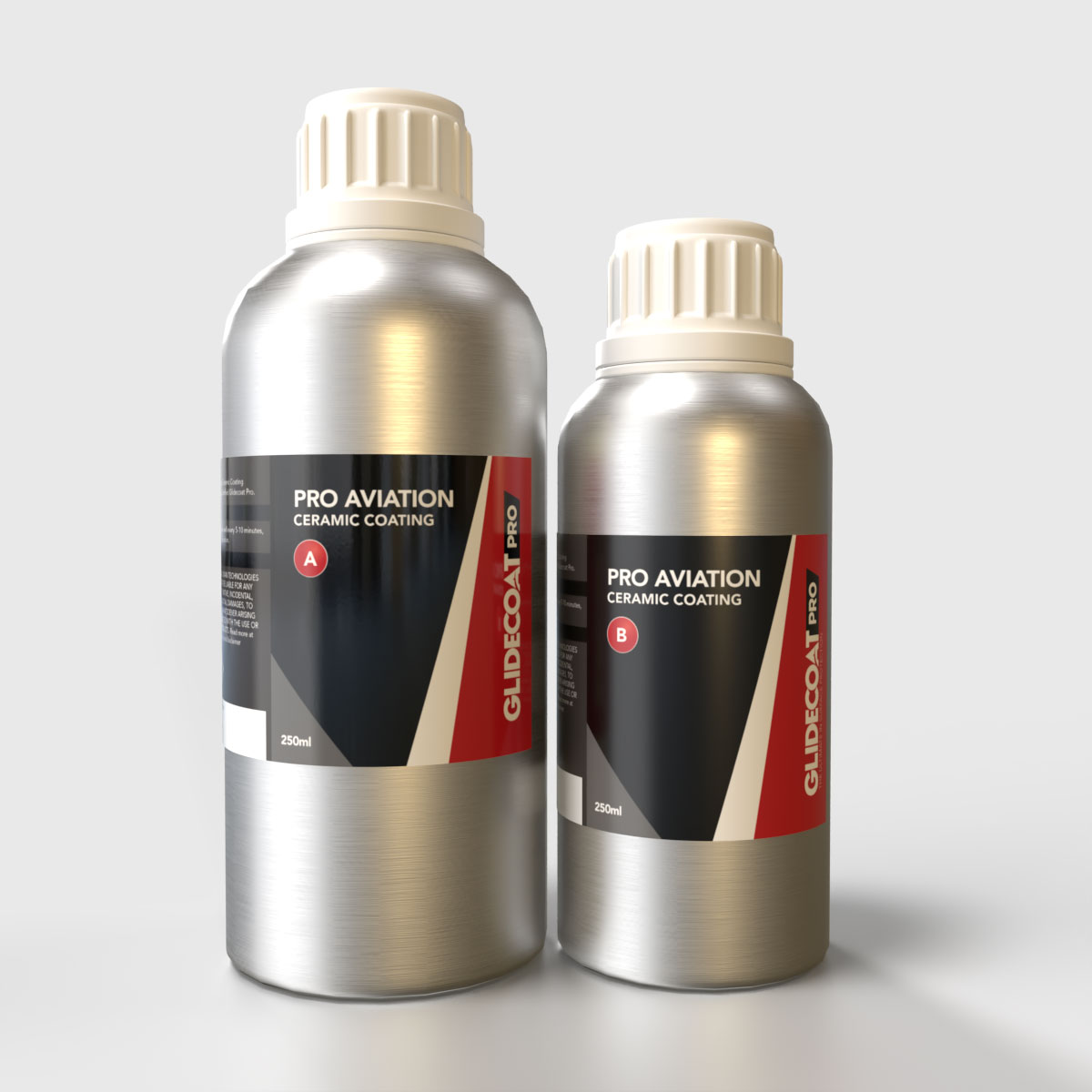How Ceramic Coating Philadelphia Enhances Your Automobile's Sparkle and Protection
Wiki Article
Why Ceramic Finishing Is the Ultimate Remedy for a Flawless Complete
Ceramic covering has arised as a leading remedy for those looking for a flawless coating for their lorries, many thanks to its remarkable toughness and safety functions. What variables truly set ceramic finishing apart?What Is Ceramic Coating?

When used properly, ceramic layer produces a hydrophobic surface that drives away water and dirt, making it simpler to preserve and clean up. Unlike standard waxes or sealants, which normally supply short-term protection, ceramic finishes can last for a number of years, relying on the item quality and application technique. The process of using ceramic finish requires careful prep work, consisting of detailed cleaning and sometimes paint modification, to guarantee ideal bonding and effectiveness.
Ceramic finishings are not limited to vehicle surface areas; they can additionally be used on numerous products, consisting of glass, metal, and plastics, giving a functional solution for boosting protection. In general, ceramic layer stands for a significant innovation in surface security technology, incorporating both aesthetic and practical benefits for a vast array of applications.
Advantages of Ceramic Covering
While lots of surface area protection choices exist, the advantages of ceramic finish stand apart because of its unique properties and lasting performance. One of the main advantages is its exceptional toughness. Ceramic Coating Philadelphia. Unlike conventional wax or sealants that call for constant reapplication, ceramic coverings give a resilient layer that can last for several years, substantially lowering maintenance initiativesAn additional notable advantage is enhanced protection against ecological impurities. Ceramic coatings develop a hydrophobic surface area that wards off water, dirt, and numerous toxins, making it simpler to clean. This function not only maintains the lorry's appearance yet also minimizes the threat of deterioration and oxidation, especially in rough climate conditions.
Furthermore, ceramic finishings provide premium resistance to UV rays, protecting against fading and degradation of paint over time. This UV protection is important for maintaining the visual worth of surface areas and automobiles subjected to direct sunshine.
In addition, the glossy finish achieved with ceramic layer improves the total visual appeal, giving surfaces a showroom-quality shine. In general, ceramic finishes represent a substantial innovation in surface area protection technology, providing enduring benefits that satisfy both useful and aesthetic demands.
How It Functions
Recognizing the scientific research behind ceramic finishes exposes just how they give such remarkable defense and long life. At its core, a ceramic coating is a fluid polymer that chemically bonds with the lorry's factory paint.
The application process involves several steps, consisting of surface preparation, which is crucial to achieving optimum bond. When used, the layer undergoes a treating process, during which it solidifies and develops a semi-permanent bond with the paint surface. This bond is what differentiates ceramic coverings from typical waxes and sealers, offering a longer-lasting protective obstacle that can sustain for years.
In addition, the thickness of the covering can boost its protective top qualities, making sure that it can withstand harsh problems. Eventually, the scientific research of ceramic coverings incorporates sophisticated materials with cutting-edge application techniques to provide an unparalleled degree of security and aesthetic improvement for vehicles.
Contrast With Typical Approaches
When compared to conventional paint defense methods such as waxes and sealants,The advantages of ceramic coverings become specifically obvious. While waxes offer a momentary shine, generally lasting a few weeks to a number of months, ceramic finishes supply a resilient protective layer that can withstand for numerous years. This resilience significantly reduces the frequency of reapplication, making ceramic layers an extra economical option in time.Furthermore, standard methods frequently require comprehensive preparation and multiple applications to attain look at these guys an acceptable level of defense. In contrast, ceramic coverings bond at a molecular level with the vehicle's surface area, producing a durable guard against environmental pollutants like UV rays, acid rainfall, and roadway salts. This bond boosts the lorry's resistance to scratches and swirl marks, which prevail with traditional waxes and sealers.
In addition, the hydrophobic buildings of ceramic layers repel water and dirt, resulting in simpler cleansing and maintenance. In comparison, wax and sealant-treated surfaces can bring in grime, demanding more regular cleaning - Ceramic Coating Philadelphia. In general, ceramic coatings not only supply superior protection but also provide a more long-lasting and visually appealing finish, establishing them as the recommended option for discerning go now automobile proprietors
Application and Maintenance Tips

Utilizing a foam applicator, use the covering in little areas, complying with the maker's standards concerning thickness and overlap. Enable sufficient curing time in between layers, usually 24 hr, to guarantee correct bonding. After application, it you can check here is crucial to stay clear of direct exposure to water or harsh elements for a minimum of a week to allow the layer to fully cure.
Additionally, using a ceramic maintenance spray can improve the finish's hydrophobic residential or commercial properties and durability. Routine examinations for any kind of indicators of wear will certainly assist keep the layer's stability and maintain that beautiful surface.
Final Thought
In final thought, ceramic coating arises as a superior alternative for achieving a perfect vehicle finish. By creating a robust bond with manufacturing facility paint, ceramic layer efficiently shields versus scratches, UV rays, and environmental pollutants.
Report this wiki page